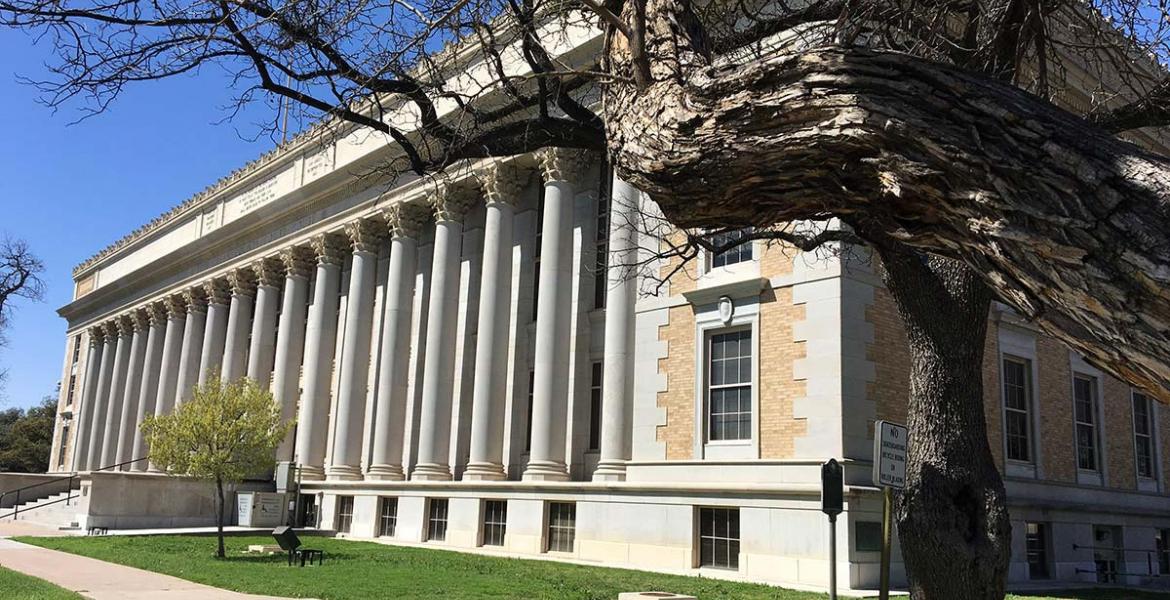OPINION — There are those who believe that cutting back on the amount of beef we eat or taking meat off the dinner plate altogether, will go a long way toward stopping global climate change or solving worldwide environmental problems. Those people believe animal agriculture is unsustainable and wasteful and would prefer to see smaller farms and ranches, more labor and fewer inputs.
Their intentions may be good, but the facts on which they base their assertions seem to be shaky. Beef provides humans with nutrients our bodies need in a form our bodies can readily digest. The business of U.S. beef production supports the worldwide food supply with the smallest carbon footprint compared to the footprint of other fundamental services humans need to survive.
As ranchers, we know how to change our operation to adapt to the variables Mother Nature gives us — drought, abundance, flood or blizzard. We know how to adapt to the changes man causes — market swings, expanding cities and changing consumer preferences.
We know how to be sustainable because we know how to adapt to keep our resources healthy and to produce a food that meets a fundamental nutritional need.
The fact that there are still ranchers in the U.S. proves my point. The same cannot be said of the once-giant Pan Am, Kodak and Blockbuster. Remington typewriters used to be found in every office. Now they are found in nearly every antique store in rural Texas. Either these businesses would not or could not adapt.
U.S. ranchers are the bedrock of a sustainable industry. Science supports our sustainability. We have good stories to share with our consumers and supporters and with our detractors, many of whom simply do not understand our work processes or management ethic.
U.S. ranchers do more with less. We produce 18 percent of the world’s beef with only 8 percent of the world’s cattle.
Compared to 1972, today’s farmers and ranchers produce the same amount of beef with one-third fewer cattle. We can do this because our thought leaders have studied the genetics that make cattle better and more productive. They have studied the nutritional needs of our cattle and educated ranchers about how to meet those needs. We have studied the effects of stress on our cattle and are committed to managing our cattle for their best while causing them the least amount of stress.
Of the important industries of our age — transportation, electricity and food production — U.S. beef production has one of the lowest carbon footprints. Cattle account for only 2 percent of U.S. greenhouse gas emissions. Transportation accounts for 25.3 percent and production of electricity accounts for 29.7 percent of greenhouse gas emissions.
Beef is a nutrient-rich food that provides “digestible indispensable” proteins that meet the nutrition requirements for children and adults.
Thanks to our advances in improving the feed efficiency of beef cattle, 1 pound of feed protein used to finish beef converts to 1.19 pounds of beef. Of the feedstuffs fed to beef cattle, corn is human-edible but is a poor source of amino acids needed by humans, providing only a third of this nutrient that beef provides.
In this holiday season, when the weather may be turning colder for some areas, you can be sure many a ranching family will be celebrating with a beef meal. You can be equally sure those ranching families are sitting down to eat after they have checked the cattle and made sure that the herds were safe behind good fences with fresh water and plentiful feed.
Science proves that the U.S. beef producers continually improve where we can. The fact that we still are U.S. beef producers proves that we feel responsible for the resources entrusted to our care and are proud to provide safe, wholesome beef for the world’s population.
Subscribe to the LIVE! Daily
Required






Post a comment to this article here: